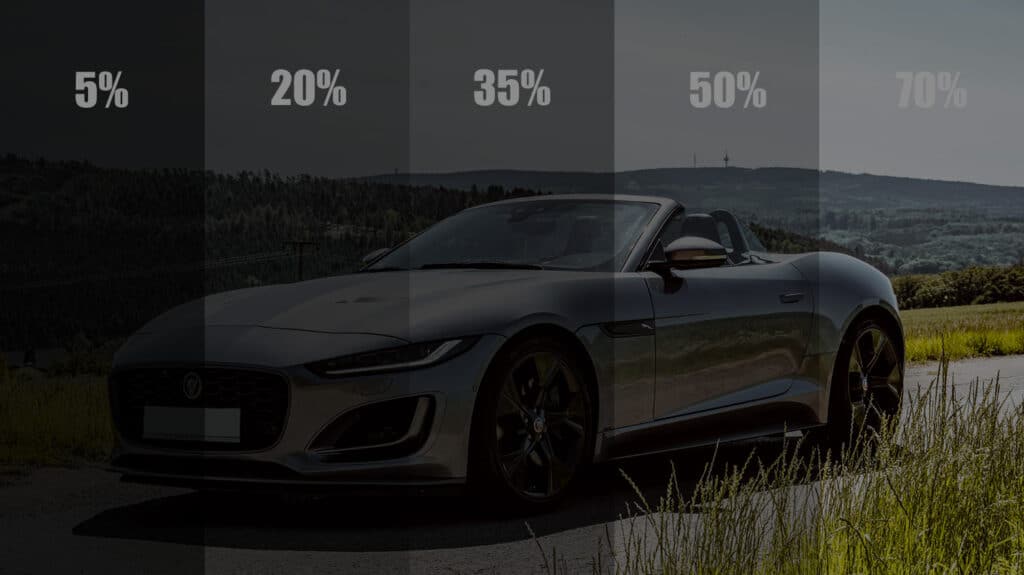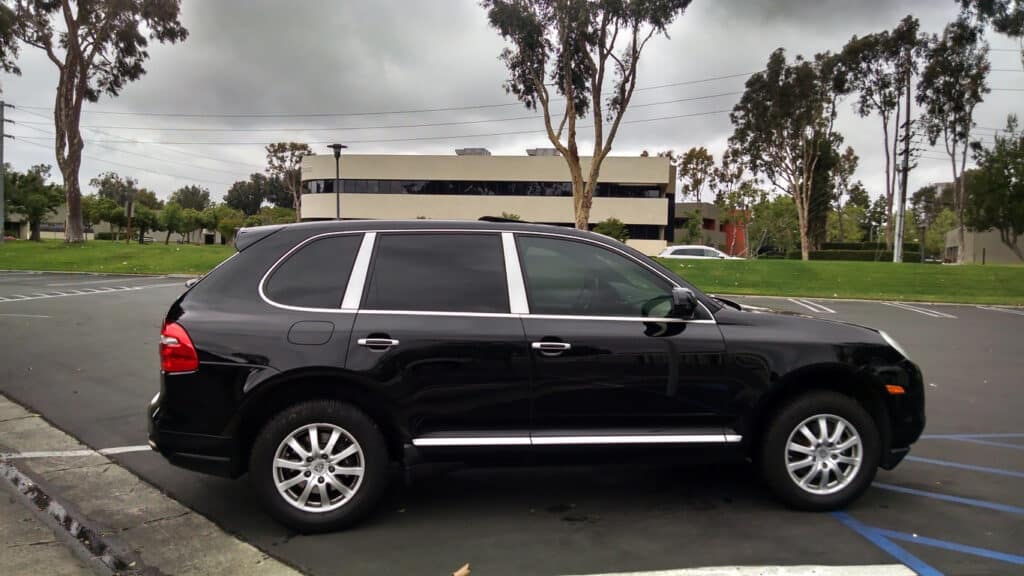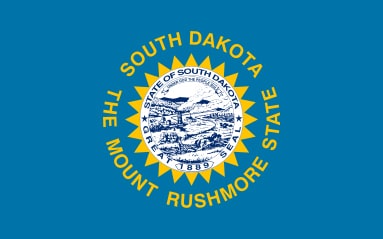Summers in South Dakota can range from warm to hot; getting your car windows tinted will make your daily commute more comfortable.
Not only does window tint offer comfort, but it also has other benefits such as protection from exposure to harmful UV rays, preventing the upholstery of your vehicle from fading and cracking, saving money on air conditioning and also offering privacy.
But before you go ahead and get tinting on your vehicle’s windows, it is important to know the South Dakota tint law and, in this article, we’ll give you all the information you need about this.
Is Window Tint Legal In South Dakota?

Window tint is legal in South Dakota, but it is governed by the rules and regulations which were first established in 1989.
These regulations were put in place to ensure overall safety. Read on to find out the permitted tint darkness and reflective levels in this state.
Permitted Window Tint Darkness

When it comes to South Dakota tint law, the most important thing to consider is the visible light transmission (or VLT) of the window tint. This is essentially the percentage of light that is allowed into the cabin.
For instance, if the VLT of the window tint is 50%, it means that it will allow only half of the incoming light to pass through, whereas if the VLT% is 20%, then the light allowed inside will only be 1/5th.
This means that the lower the VLT percentage, the darker the windows will be. And so, you should buy a tint film that is above the minimum VLT% listed by the state.
Sedans
Windshield: You are permitted to have a non-reflective tint above the AS-1 line
Driver-side windows: Should let in over 35% of light
Passenger-side windows: Should let in over 35% of light
Rear window: Should let in over 20% of light
SUVs and Vans

Windshield: Permitted to have a non-reflective tint above the AS-1 line
Driver-side windows: Should let in at least 35% of light
Passenger-side windows: Should let in at least 35% of light
Rear window: Should let in at least 20% of light
Acceptable Tint Reflection

The tint film used on vehicle windows can help to reduce the amount of light passing through the windows, which is measured by tint darkness or visible light transmission.
But at the same time, the tint film may also help to reflect the light that hits the vehicles. This is known as a tint reflection of the film. Tint reflection offers benefits such as reducing glare and heat.
According to South Dakota tint law, window tints on vehicles should not have any reflective or mirrored appearance.
Other Tint Rules You Need to Know
Here are some of the other South Dakota tint rules that are good to know:
- South Dakota does not have any rules regarding side mirrors.
- You can use any color tint and no colors are restricted by the state.
- The state allows a tint variance of 9%.
- Manufacturers of tint film must certify the film sold by them in the state.
- The vehicle must have a sticker that identifies legal tinting between the glass and the film on all windows.
- The state does not allow any medical exemptions for the use of special window tints.
- Any window tint violations in South Dakota are classified as a Class 2 misdemeanor.
State of South Dakota Info

Home to the famous Mount Rushmore, South Dakota is situated in the North Central part of the U.S.
Named after the native American Indian tribes, Lakota and Dakota Sioux, South Dakota is the 5th least populated state in the country.
Part of the Dakota Territory in the past, South Dakota, became a U.S. state on 2 November 1889, along with North Dakota.
Population: 202,600
Capital: Pierre
Registered vehicles: 1,294,282
Total lane miles: 166,635
Number of highways: 4
Tint law references: South Dakota Statutes

